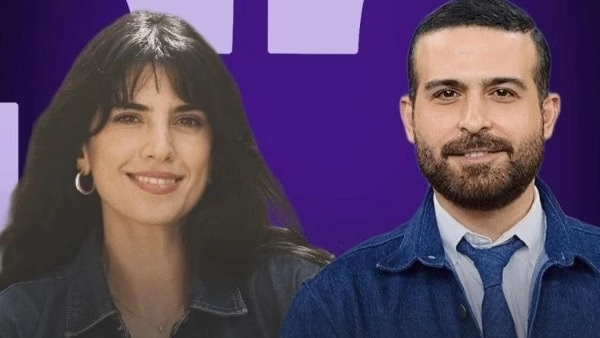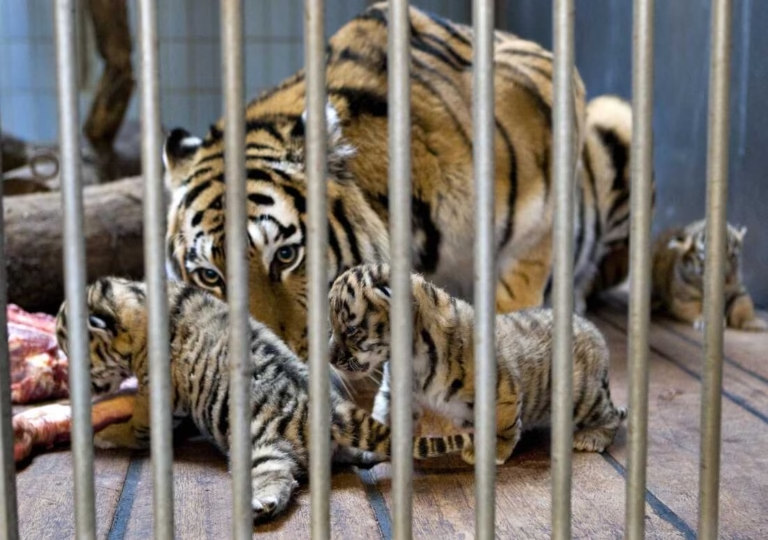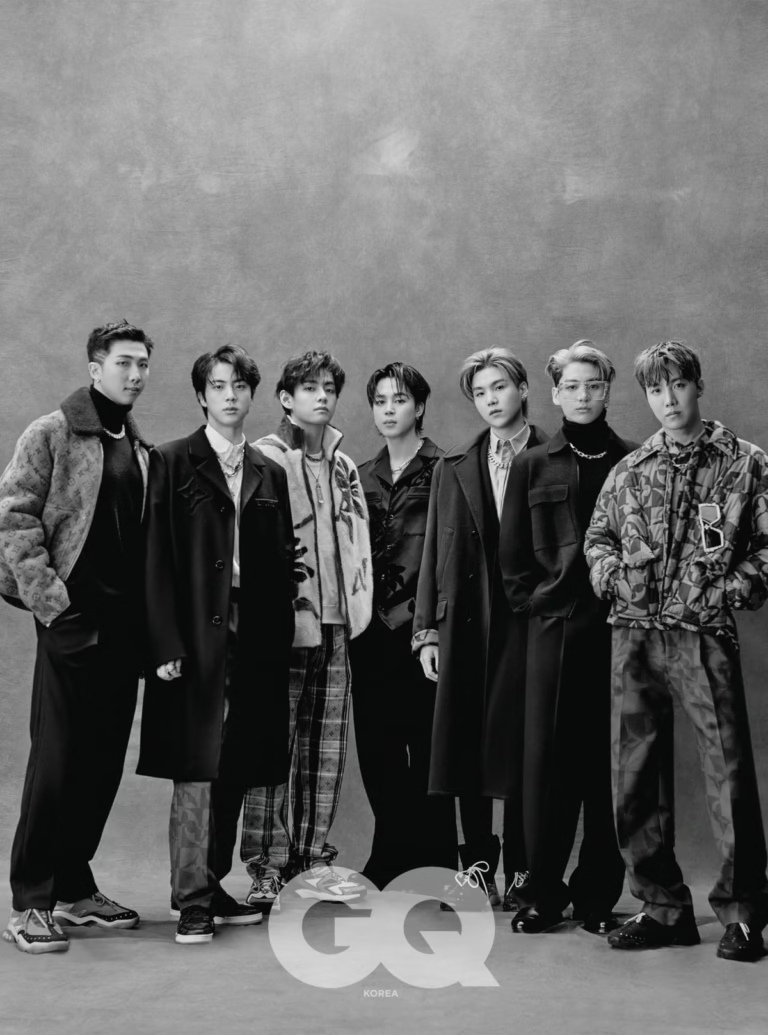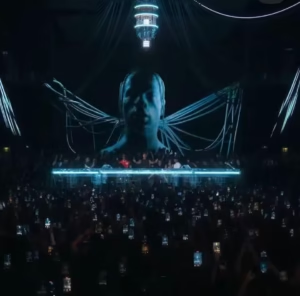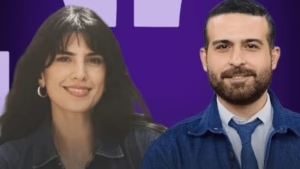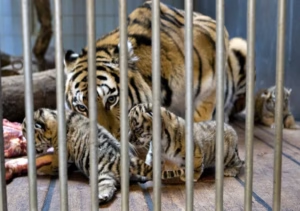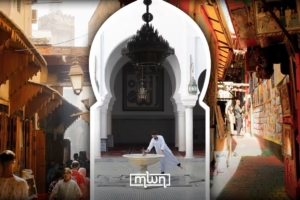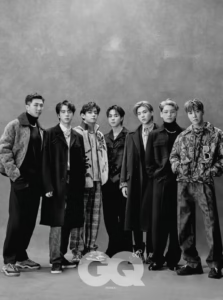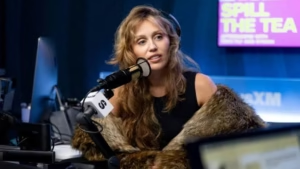Marrakech – For three magical days — from June 19 to 21 — this windswept, ocean-sprayed city became a heartbeat. And it thumped to the rhythm of guembris, jazz horns, Afro-Cuban percussion, and voices that carried across ramparts and rooftops.
Over 300,000 music lovers, wanderers, locals, dreamers, and dancers showed up to the 26th edition of the Gnaoua and World Music Festival. And let me tell you: it wasn’t just a concert — it was community.
From the medina’s maze to the edge of the Atlantic, the city transformed into a live-wire celebration of culture and connection.
Every corner whispered stories. Every note felt like it was pulling you somewhere — deeper into a collective groove, a trance, a joy you couldn’t quite explain.
It all started with a bang — or more precisely, a procession. Hamid El Kasri, Abir El Abed, Kya Loum, and Senegal’s Compagnie Bakalama led the opening act with such fire and finesse it felt like the rest of the festival was trying to keep up. But keep up it did.
From there, it was fusion heaven: Houssam Gania’s guembri dancing with Marcus Gilmore’s jazz drums, Dhafer Youssef’s mystical voice in duet with Maâlem Morad El Marjani’s deep-rooted rhythms.
And then came Saturday — the kind of final night that makes your spine tingle. Cimafunk, Khalid Sansi, and CKay each turned the main stage into a tidal wave. The crowd was loud, young, beautifully diverse — and very much alive.
But Gnaoua has always been about more than just music. The Human Rights Forum returned for its 12th edition, gathering brilliant minds — from poet Véronique Tadjo to filmmaker Elia Suleiman — to talk about mobility, migration, and memory.
It wasn’t just talk; it was truth laid bare. The kind that reminds you why art matters, why borders should blur, and why stories have power.
Meanwhile, in an intimate yet powerful setting, scholars from UM6P sat with Gnaoua Maâlems in a deep, mutual exchange.
It was academia meeting ancestral knowledge — rhythm meeting reason. And it was beautiful.
Essaouira was never just the backdrop — it was the co-star. The beach, the Borj, Bayt Dakira, in hidden zaouias… music spilled everywhere.
One moment you were catching Kurdish harmonies, the next you were swept into a rock-chaabi explosion with Fehd Benchemsi & The Lallas, playing to a sea of euphoric souls.
And in a moment that felt like a musical projection to the future, 74 young musicians from 23 countries came together under Berklee at Gnaoua — sharing, learning, and crafting something new. The kind of cultural exchange that doesn’t end when the music stops.
With 250 journalists from 14 countries and a dizzying 350 artists from every corner of the globe, this wasn’t just a Moroccan event. It was global. But also deeply local.
A paradox? No — it’s the Gnaoua way. Rooted and radical. Traditional and boundary-breaking.
So what now? Now we count the days. Because from June 25 to 27, the rhythms will return. Essaouira will open her arms again. And the world — if it knows what’s good for it — will listen.

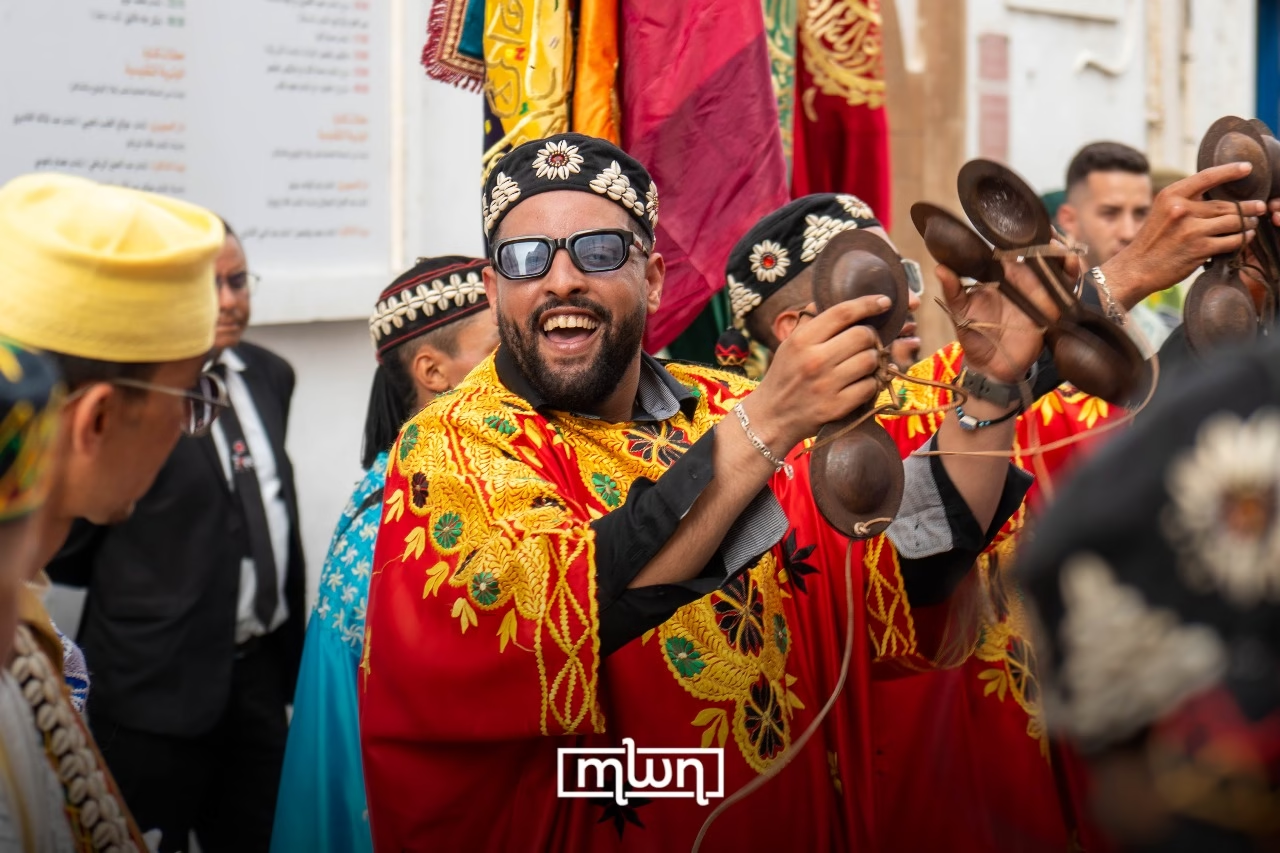
![Travis Scott x Anyma Light Up [UNVRS] Ibiza With Hologram Performance](https://mwnlifestyle.com/wp-content/uploads/2025/08/WhatsApp-Image-2025-08-07-a-18.20.26_12d58f21-768x758.avif)

